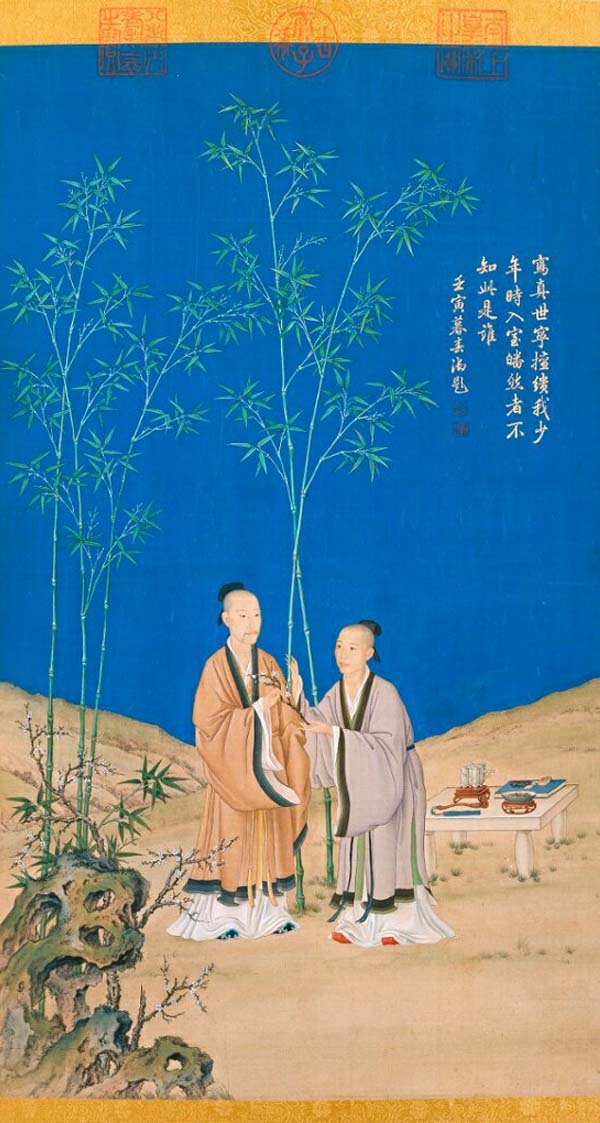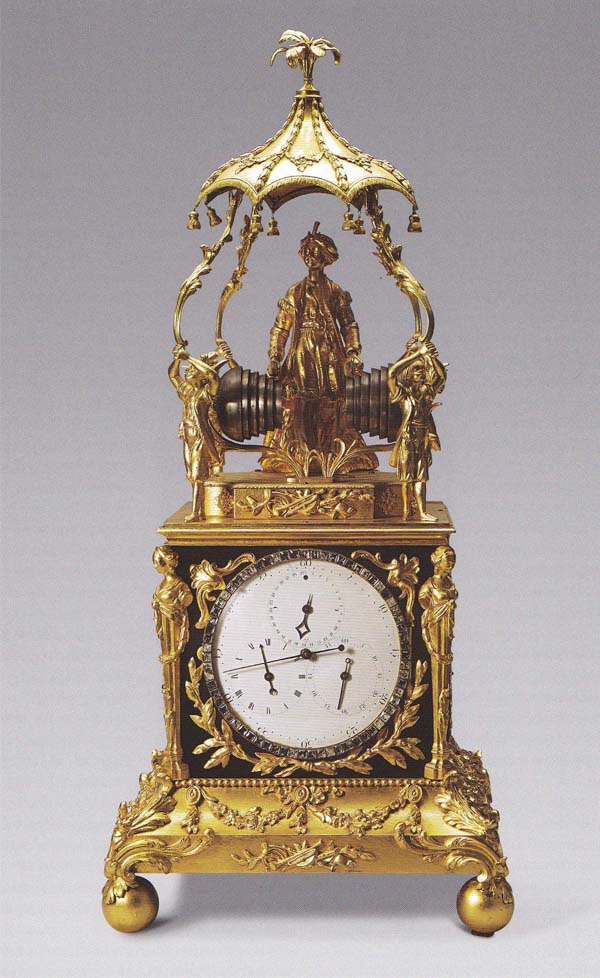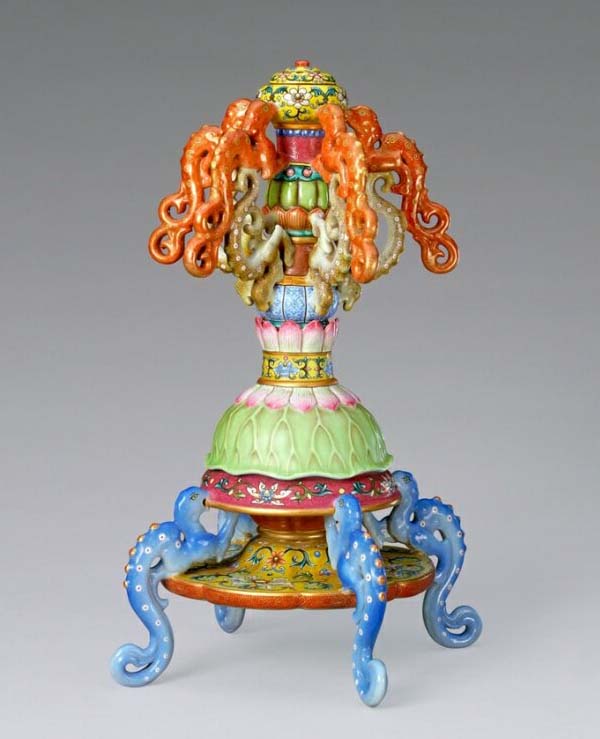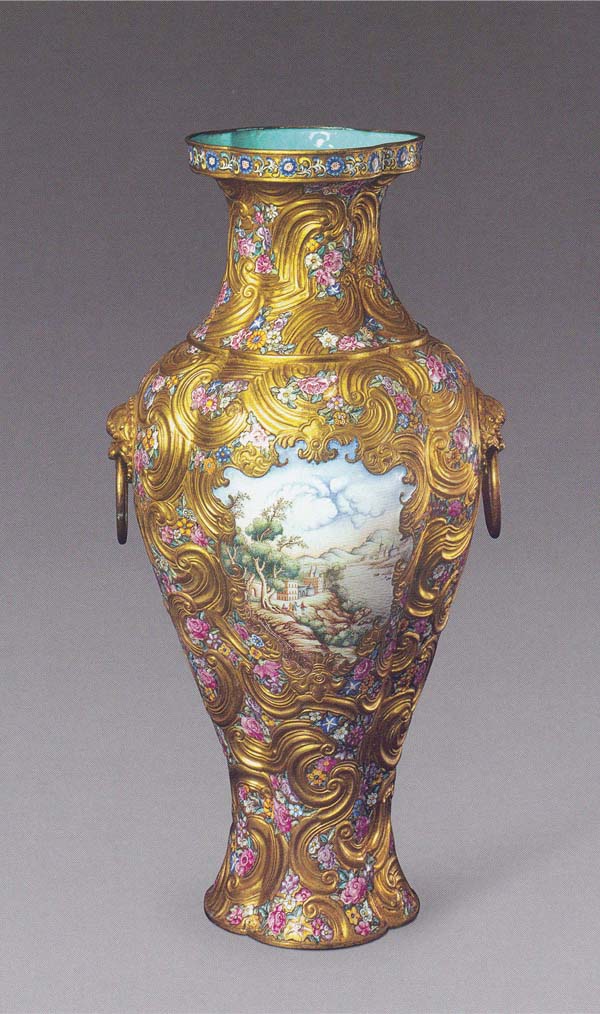
Review: A Golden Age of China at the NGV
Review: A Golden Age of China at the NGV
Share
Article by ADR contributor Bryan Chung, images courtesy NGV.
The National Gallery of Victoria’s latest blockbuster exhibition, “A Golden Age of China: Qianlong Emperor 1736-1795, showcases treasures from the Qing dynasty imperial art collection under Emperor Qianlong.
Considered China’s biggest art collector, Qianlong owned over a million objects, including bronzes, jades, ceramics, paintings, objets d’art, and furniture. He kept his staff busy cataloging his latest acquisitions, and he himself wrote colophons commenting on individual pieces.
The eclectic pieces in the exhibition show the court’s exposure to the technical and aesthetic accomplishments of the east and west. They reflect the multicultural nature of Qing rulership, where material culture was an expression of the court’s cosmopolitan vision.
Qianlong’s reign marked the peak of early modern Chinese material engagement with the West. His historic meeting with Lord McCartney, the first envoy of Britain to China, is depicted in one of the exhibition’s paintings. The meeting brought about the end of China’s isolationist policy and facilitated trade between Europe and China.
Qianlong is perhaps best known for his acquisition of European imports such as glass and clocks, and his employment of Jesuit artists. Curiosities from Europe such as elaborate clocks were presented by embassies to court, and then taken to the palace workshops and imitated with technical assistance from the Jesuits. European craft techniques such as enameling, entered through foreign trade and also through the Jesuits, inspiring the domestic production of new kinds of coloured enameled porcelain.
A vase bearing Qianlong’s reign mark, decorated with enamels and gilder on copper, may appear more Western than Chinese. Made in a workshop in Guangzhou, it is a copy of the European Chinoiserie style. Enamel panels on the vase depict pastoral European landscapes, while painted roses and gilt-bronze scrollwork reflect the height of French Rococo taste.
One of the key figures in establishing the new foreign-inspired aesthetic at the Qing court was the Italian Jesuit Giuseppe Castiglione (1688-1766). Appointed principal court painter, Castiglione introduced many Western techniques to Chinese court artists, including perspective, colour, shading, and realism found in Italian Renaissance art.
Castiglione’s influence can be seen in the works of other court painters from Europe as well as China. The painting produced during this period vary widely in their subject matter. They depict not just Qianlong as a Han Chinese scholar, but also as a military conqueror, a hunter, and a manifestation of bodhisattvas in Tibetan Buddhist iconography.
As an active patronage of imperial art, Qianlong saw himself as a preserver and restorer of Chinese culture. He governed a diverse range of people, and by portraying himself through different cultural guises, art allowed him to present himself as the integrating centre of the empire.
As NGV senior curator Mae Anna Pang explains, Qianlong was an expert at using art as a tool for self-promotion and the glorification of the state. An example of this is “Spring’s Peaceful Message”, a painting by Castiglione.

Spring’s peaceful message by Castiglione, depicting Prince Hongli (the future Qianlong emperor) with his father. Photograph: The Palace Museum, Beijing
The painting depicts Qianlong being chosen by his father as a successor to the throne. Experts have pointed out the national significance of the painting. Being Manchus, the two men were outsiders who came to own the Chinese tradition through seizure. Their disguise in traditional Chinese robes legitimates their ownership of the Chinese tradition. Here, they are neither Chinese nor Manchu monarchs, but representatives of a new broad-minded Chinese culture.
Emperor Qianlong’s extensive imperial collection has deeply influenced the modern understanding of the history of Chinese art. The enormous store of cultural riches amassed by Qianlong has sometimes come to seem as if it is Chinese culture, and unfortunately, any material excluded by the emperor has now been marginalised, or has not been properly preserved.



















